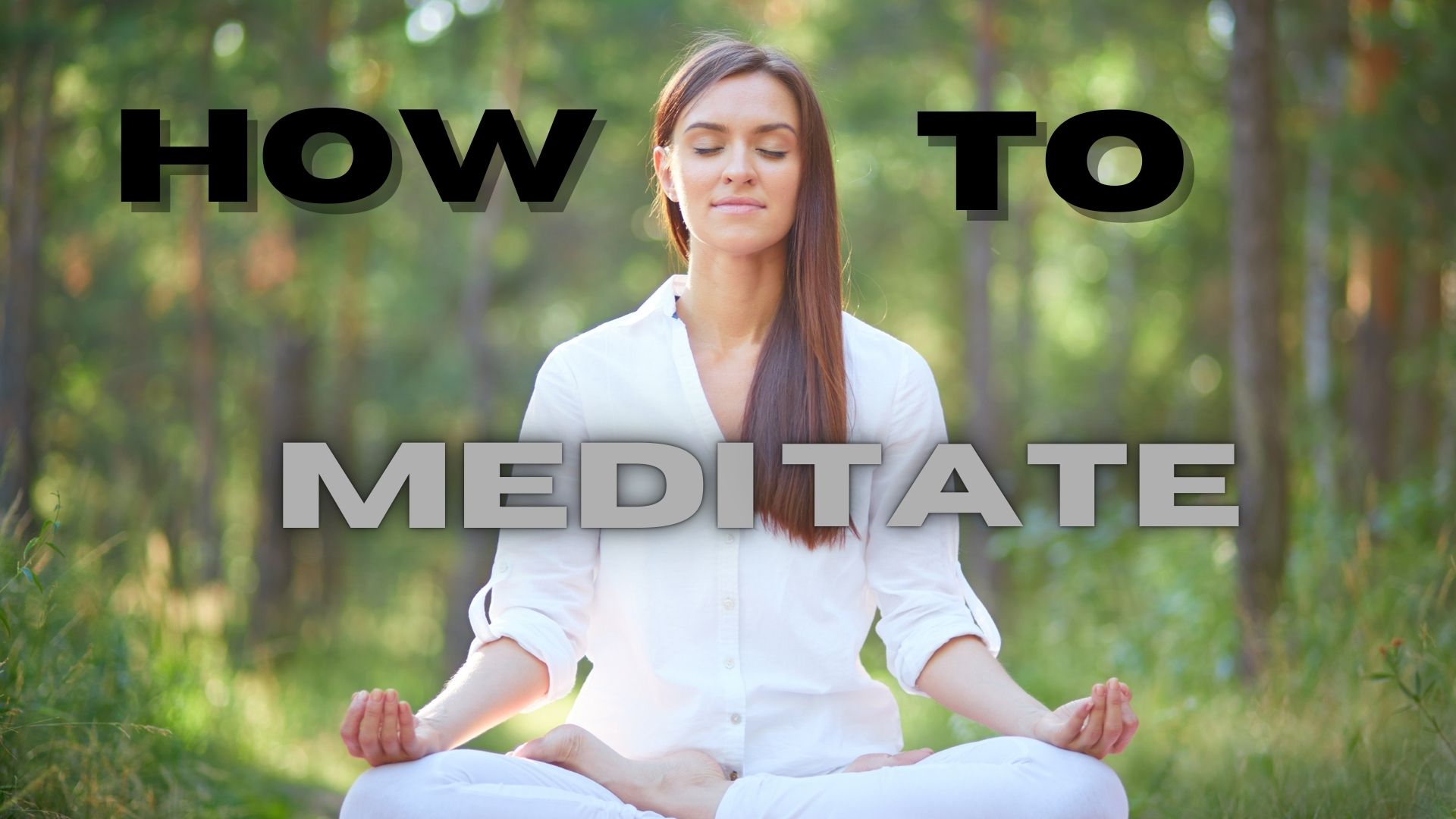Welcome, friends, to the wonderful world of yoga! Yoga has benefits for everyone, including those seeking to increase their flexibility, lower their stress levels, or discover new ways to keep active. This article is your go-to guide for yoga for beginners, providing you with everything you need to start your yoga journey with confidence.
What is Yoga?
Yoga is an ancient practice that combines physical postures, breathing exercises, and meditation to promote overall well-being. The word “yoga” means union, reflecting the practice’s goal of uniting the mind, body, and spirit. For beginners, yoga can seem a bit daunting, but with the right approach and mindset, it can become a transformative part of your daily routine.
Why Practice Yoga?
Before diving into the specifics of yoga for beginners, let’s explore why you should consider incorporating yoga into your life:
- Improves Flexibility: Yoga stretches and lengthens muscles, increasing your flexibility over time.
- Builds Strength: Many yoga poses require you to support your body weight in various ways, building muscle strength.
- Enhances Mental Clarity: The focus on breathing and meditation helps clear your mind and reduce stress.
- Boosts Overall Health: Regular yoga practice can improve cardiovascular health, boost your immune system, and enhance your overall physical health.
Getting Started with Yoga for Beginners
If you’re new to yoga, here are some essential tips to help you get started:
1. Choose the Right Style
There are many different styles of yoga, each with its own focus and intensity level. As a beginner, it’s important to find a style that suits your needs. Here are a few beginner-friendly styles:
- Hatha Yoga: A gentle introduction to the most basic yoga postures.
- Vinyasa Yoga: A series of poses that flow smoothly into one another, synchronized with breath.
- Yin Yoga: A slower-paced style of yoga with poses that are held for longer periods.
2. Gather Your Gear
You don’t need much to start practicing yoga, but having the right gear can make your experience more comfortable. Here’s what you’ll need:
- Yoga Mat: A good-quality mat provides cushioning and support.
- Comfortable Clothing: Wear clothes that allow you to move freely.
- Optional Props: Blocks, straps, and bolsters can help you modify poses and support your practice.
3. Find a Class or Online Resource
While many people enjoy practicing yoga at home, attending a class or following an online video can be especially helpful for beginners. Look for classes or videos labeled “yoga for beginners” to ensure the instruction is appropriate for your level.
Basic Yoga Poses for Beginners
To get you started, here are some fundamental yoga poses that are perfect for beginners. Remember, the key to yoga is consistency and patience, so take your time and enjoy the process.
1. Mountain Pose (Tadasana)

This foundational pose is great for improving posture and balance.
- Stand with your feet together and arms at your sides.
- Distribute your weight evenly across your feet.
- Inhale and reach your arms overhead, palms facing each other.
- Exhale and lower your arms to your sides.
2. Downward-Facing Dog (Adho Mukha Svanasana)

A staple in many yoga routines, this pose stretches the entire body.
- Start on your hands and knees, with your wrists under your shoulders and knees under your hips.
- Spread your fingers wide and press into the mat.
- Tuck your toes and lift your hips towards the ceiling, forming an inverted V-shape.
- Keep your head between your arms and your knees slightly bent.
3. Warrior I (Virabhadrasana I)

This pose strengthens your legs and improves focus.
- Step your right foot forward and your left foot back, keeping your feet hip-width apart.
- Bend your right knee so it’s directly over your right ankle.
- Raise your arms overhead, palms facing each other.
- Hold for a few breaths, then switch sides.
4. Child’s Pose (Balasana)

A restorative pose that’s great for relaxation.
- Start on your hands and knees, then sit back on your heels.
- Lower your forehead to the mat and extend your arms in front of you.
- Breathe deeply and relax in this pose for several breaths.
Tips for a Successful Yoga Practice
Here are some additional tips to help you make the most of your yoga for beginners practice:
- Listen to Your Body: Yoga should never be painful. If a pose feels uncomfortable, modify it or take a break.
- Focus on Your Breath: Deep, mindful breathing is a core component of yoga. Pay attention to your breath and use it to guide your movements.
- Be Consistent: Regular practice is key to seeing progress. Aim to practice yoga at least a few times a week.
- Stay Patient: Progress in yoga can be slow and steady. Celebrate small victories and be patient with yourself.
My Personal Journey with Early Morning Yoga
I still remember the first time I rolled out my yoga mat at dawn. The world was still, the air was crisp, and there was a certain magic in the quiet of the early morning. I wasn’t always a morning person, but the benefits of early morning yoga quickly made me one. As the sun rose, so did my energy levels, and I felt a sense of peace that stayed with me throughout the day.
Conclusion: Embrace the Journey of Yoga for Beginners
Starting a yoga practice is an exciting and rewarding journey. With the right mindset and approach, you’ll soon experience the numerous benefits of yoga for beginners. So, roll out your mat, take a deep breath, and enjoy the path to a healthier, more balanced you. Namaste!
For more informative articles, visit Lifeconomics








